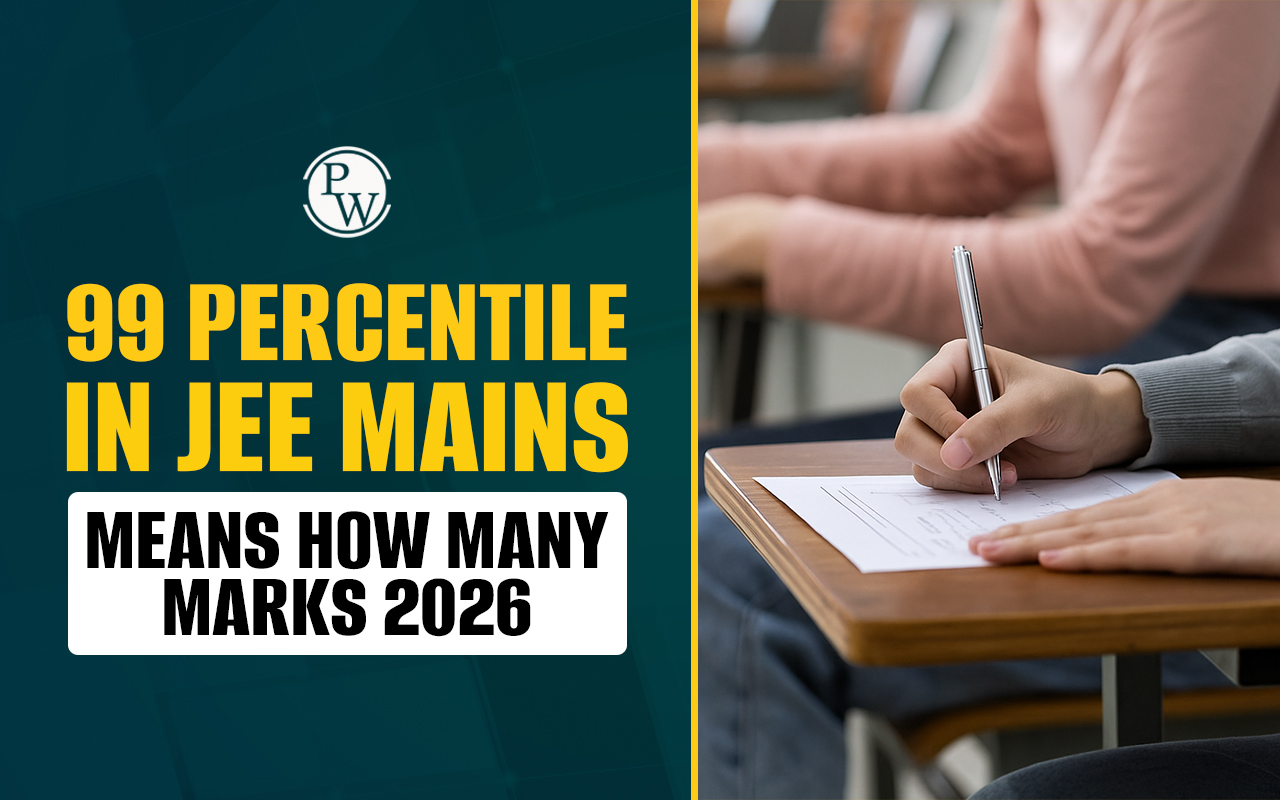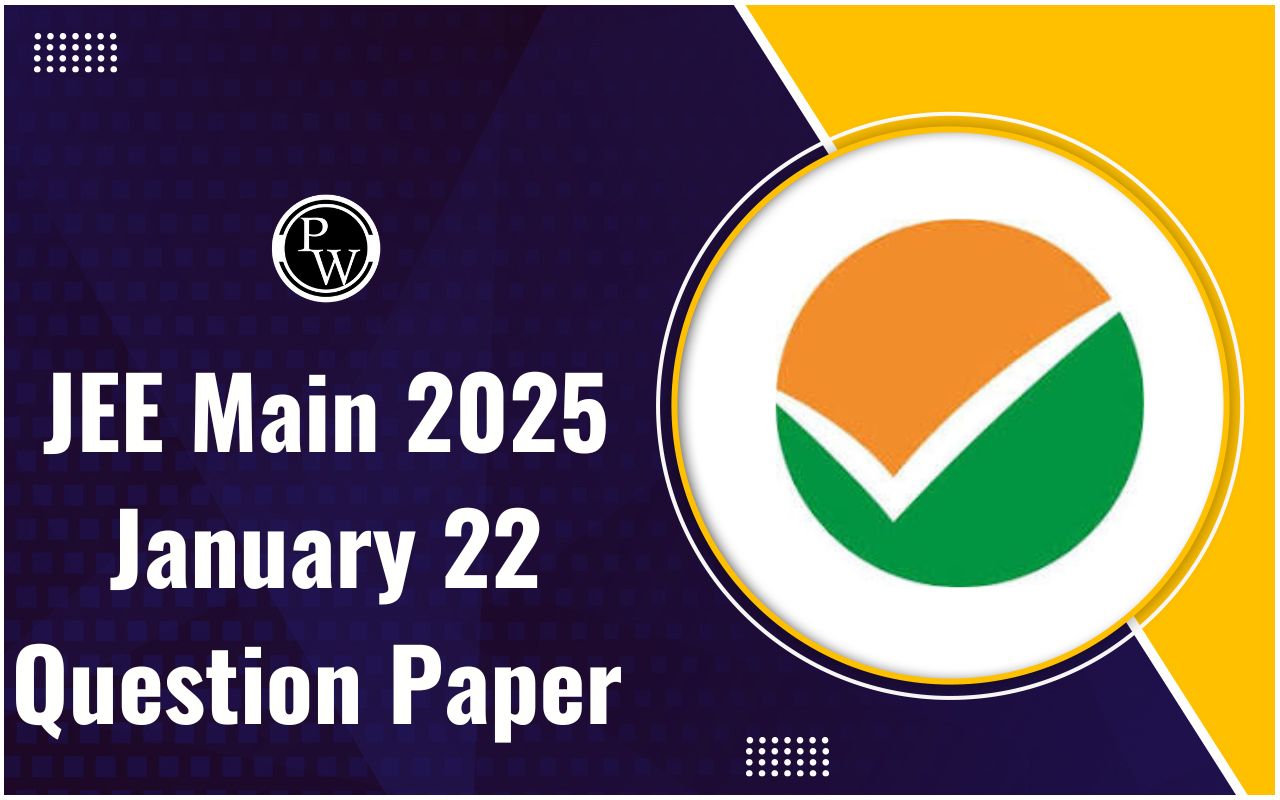
Kinetic Theory of an Ideal Gas : We will learn that any sample of a gas is made of molecules. A molecule is the smallest unit having all the chemical properties of the sample. The observed behaviour of a gas results from the detailed behaviour of its large number of molecules. The kinetic theory of gases attempts to develop a model of the molecular behaviour which should result in the observed behaviour of an ideal gas.
Since a gas is made up of large number of molecules executing random motion, so the characteristics of a gas depends on the properties of motion of these molecules and this analysis of a gas at the microscopic level is known as Kinetic Theory of Gases (KTG) in which we relate the microscopic properties (like velocity of the molecule) to the macroscopic properties (like pressure, temperature, volume etc).
Let us begin by developing a microscopic model of an ideal gas which shows that the pressure which a gas exerts on the walls of its container is a consequence of the collisions of the gas molecules with the walls of container. The following assumptions will be made
(a) The number of molecules is large, and the average separation between them is large compared with their dimensions. So, molecules occupy negligible volume in comparison to volume of container.
(b) The molecules obey Newton’s Laws of Motion, but considered collectively move in a random fashion. By random fashion we mean that molecules move in all the directions with equal probability and with various speeds. This distribution in velocities doesn’t change with time, despite the collisions between molecules.
(c) The forces between molecules are negligible except during a collision. The forces between molecules are short range, so that the only time the molecules interact with each other is during a collision.
(d) The molecules undergo elastic collisions with each other and with the walls of the container. So, the molecules are considered to be structureless (i.e., point masses), and in the collisions both momentum and kinetic energy are conserved.
(e) The gas under consideration is a pure gas i.e., all molecules of the gas are identical.
(f) Ideally, all gases obey the ideal gas equation i.e., PV = n RT where, P is the pressure of gas, V is the volume of gas, T is the temperature of gas and R is Universal Gas Constant having value R = 8.314J mol –1 K –1 Typically, a real gas obeys ideal gas equation only at very high temperature and very low pressure. This is because at very high temperatures, the kinetic energy of the molecules is so large that any interaction between the molecules of the gas can be neglected. Also, at very low pressure, the separation between the gas molecules is very large and hence again the interaction between the molecules of the gas can be neglected.
Let’s derive an expression for the pressure of an ideal gas consisting of N molecules in a container of volume V = d 3 . The container is assumed to be in the cubic shape with each edge of length d . Consider the collision of one molecule moving with velocity v towards the right-hand face of the system (box). The molecule has velocity components v x , v y and v z along x , y and z axes respectively. When the molecule collides elastically with the wall its x component of velocity gets reversed whereas y and z components remaining unaltered.
The x component of momentum before collision is mv x and after collision is – mv x . So, change in momentum of molecule along x axis is
Δ p x = – mv x – mv x = –2 mv x
The momentum delivered to the wall for each collision is 2 mv x , since the momentum of the system (molecule + container) is conserved.
For a molecule to make two successive collisions with the same wall it must travel a distance 2 d in the x direction in time Δ t . So
If F is the magnitude of the average force exerted by a molecule on the wall in time Δ t , then
F Δ t = Δ p x = 2 mv x
⇒
…(1)
Total force on the wall is the sum of all such terms for all particles. To get the total pressure P on the wall we have
…(2)
where
… refer to the
x
components of velocities for particles 1, 2, …
The average value of
is given by
and the volume of container is given by V = d 3 using (2), we have
…(3)
Further for any particle moving with velocity v
…(4)
⇒
…(5)
As there is no preferred direction for the molecules, so average values of
and
are equal and hence
Substituting (5) in (3), we have
…(6)
Average Kinetic Energy of each molecule is
so total Kinetic Energy associated with the system of
N
molecules is
…(7)
Using equation (6) and (7), we get
The empirical equation of state for an ideal gas is
PV = Nk B T …(8)
where the Boltzmann constant is
JK
–1
Substituting (8) in (6), we have
⇒
Root Mean Square (RMS) velocity of a molecule of mass m at temperature
where, m is mass of one molecule of gas and M is the molar mass of gas or mass of 1 mole of gas.
(a) To conclude, with this simplified model of ideal gas, we have arrived at an important result that relates the macroscopic quantities of pressure, volume and temperature to a microscopic quantity like rms speed. So, we get a key link between the microscopic world of gas molecules and the macroscopic world.
(b) In the derivation or this result, note that we have not accounted for collisions between gas molecules.When these collisions are considered, the results does not alter as collisions do not affect the momenta of the particles, with no net effect on the walls. Bravo! This is consistent with one of our initial assumptions, namely, that line
(c) In addition, although our result was derived for a cubical container whereas the result is valid for a container of any shape.
(d)
The number density of molecules in gas is
n
0
=
and each molecule is assumed to be moving in random direction with rms speed
v
rms
. Due to the random character of motion of the gas molecules, it can be assumed that towards “each face” of the cubical container,
molecules are moving with this speed. Due to this the number of collisions
N
C
of the molecules with “a wall” of the cubical container per square metre of its surface can be written as
Kinetic Interpretation Of Temperature Kinetic Interpretation Of Temperature : From the point of view of kinetic theory, temperature is a quantity characterizing the average kinetic energy of translatory motion of the molecules of an ideal gas. Since we know that
Comparing above equation with PV = N A k B T , we can find the average kinetic energy of a molecule as
For an ideal gas, the absolute temperature is a measure of the average translational kinetic energy of the molecules.
that the kinetic energy calculated above is associated with the random translational motion of a single molecule. It does not include any orderly motion imposed. The rms speed of molecules varies with temperature as
Kinetic Theory of an Ideal Gas FAQs
Q.1: Write main basis of the kinetic theory?
Q.2: Why gases are highly compressible?










